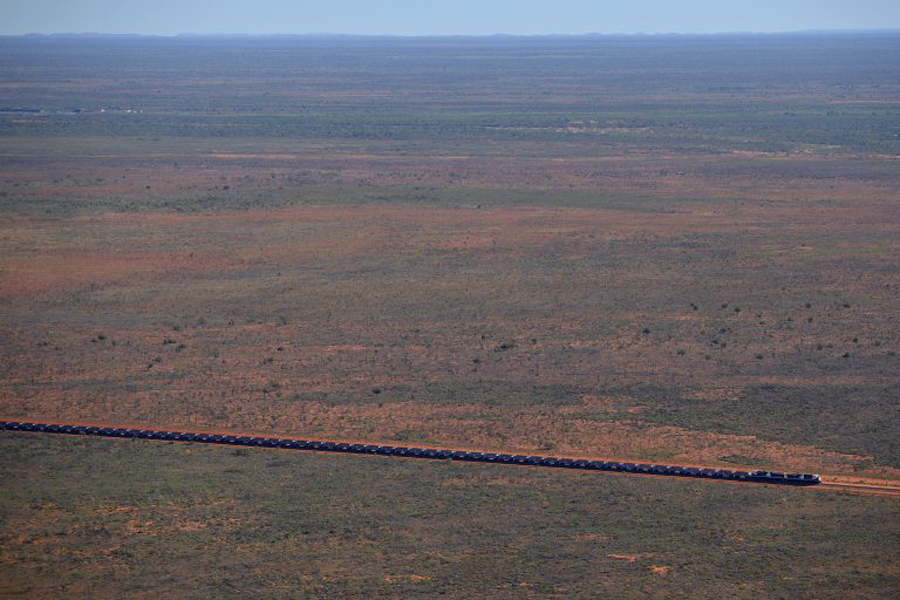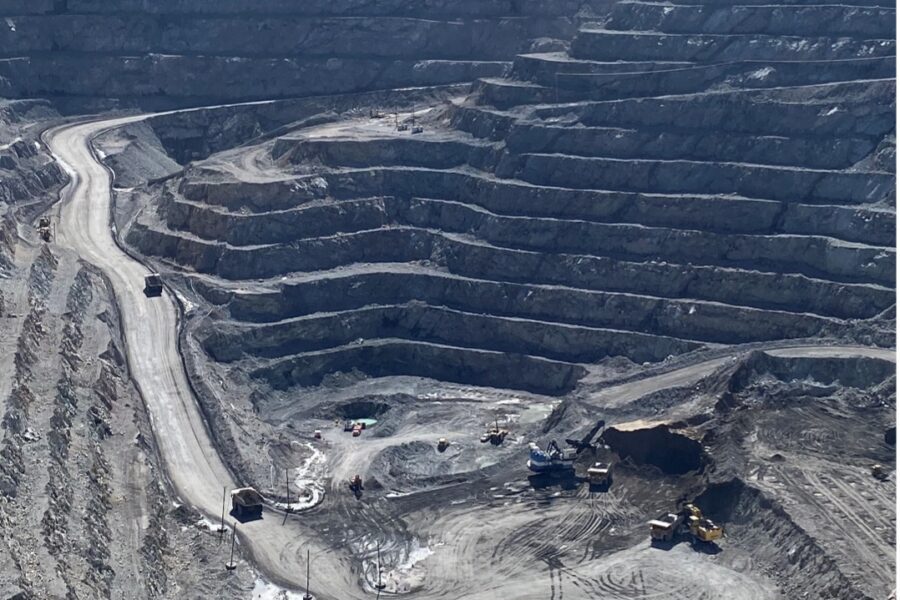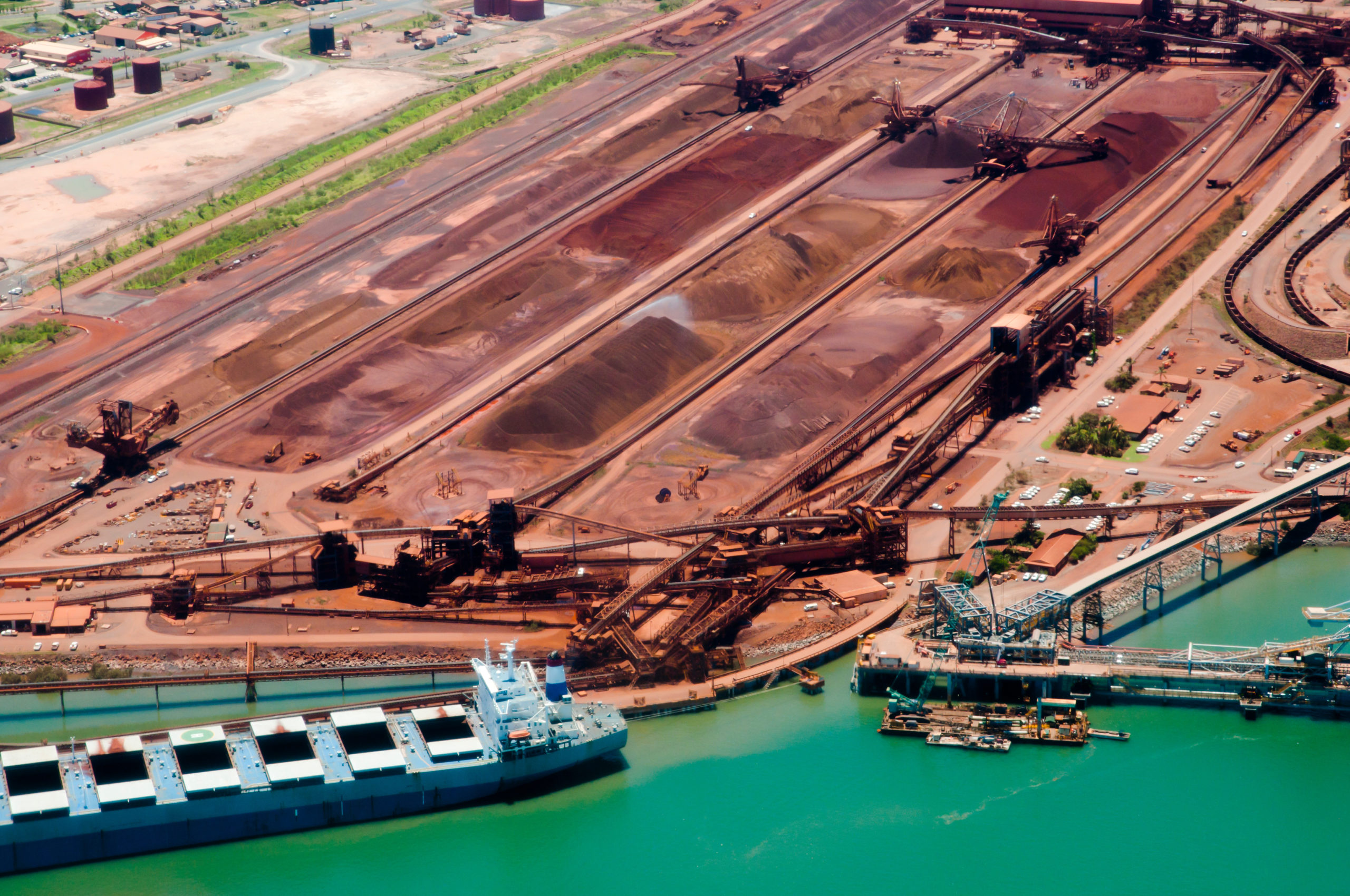Iron ore price: Roy Hill ramp-up pushed into 2017

The import price of 62% Fe content ore at the port of Tianjin had another down day on Thursday to trade at $55.20 per dry metric tonne, an eight week low, according to data supplied by The Steel Index.
While demand has held up well, a growing supply glut – an estimated 180 million additional tonnes will enter seaborne trade through 2020 – raises fears of further declines in the price of the steelmaking raw material.
There’s no shortage of big projects in the pipeline: Rio Tinto’s Silvergrass received board approval last month (and the shelving of Simandou surprised no-one), Fortescue has been hitting and exceeding targets, as has Anglo American’s Minas Rio, while BHP Billiton’s South Flank can be turned on if the world’s number three iron ore miner sees it’s losing market share.
Yesterday top producer Vale made a move to ease some of the pressure, announcing that it will limit and delay tonnage from its $17 billion Carajas Serra Sul mine expansion and railway project in northeastern Brazil. Capacity is 90 million tonnes a year and first ore is expected January, but the Rio de Janeiro-based company is taking a cautious approach, favouring margins over volume.
Another project outside the Big 4 that’s been hanging over the market may also face delays. The Roy Hill mine owned by Gina Rinehart’s ramp-up to 55 million tonnes per year won’t happen as planned.
Roy Hill is Australia’s largest single mine iron ore producer and first shipments are no longer expected in 2016 but rather early next year instead reports Bloomberg. And the new supply mine may not have that much of an impact on the seaborne market or the spot price in any event:
“Almost 90 percent of output from Roy Hill is under long-term contract, including more than half earmarked for partners outside China, the producer said last year.”
More News
BC First Nation files ‘urgent’ injunction to halt tailings dam construction at Mount Polley mine
April 28, 2025 | 04:23 pm
{{ commodity.name }}
{{ post.title }}
{{ post.date }}



Comments